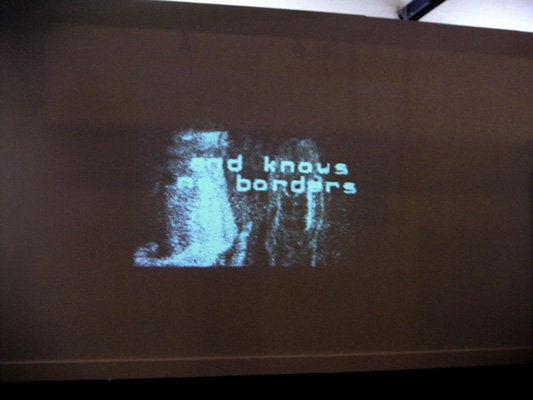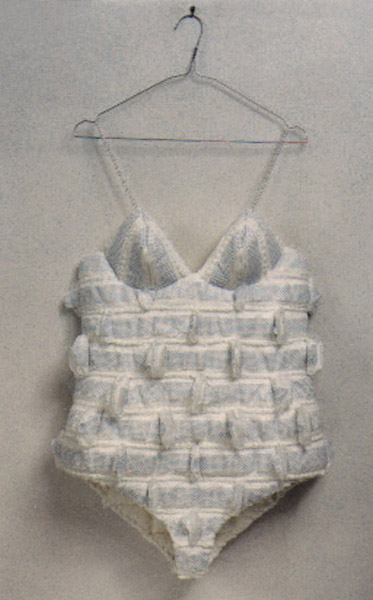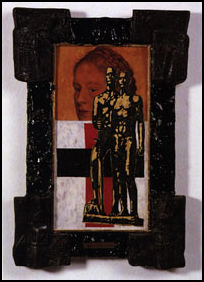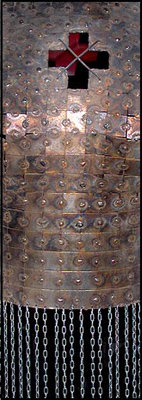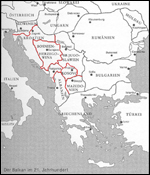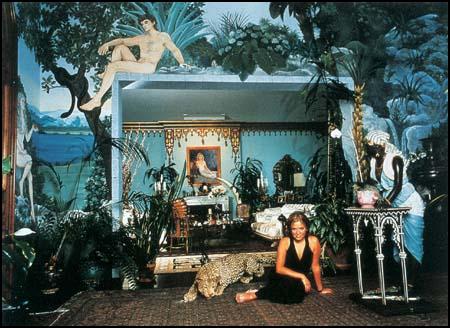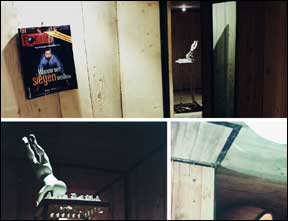Amateur Enthusiam
Marysia Lewandowska and Neil Cummings, Enthusiasts from Amateur Film Clubs 25 June – 29 August 2004, Centrum Sztuki Wspolczesnej, Warsaw
Walter Benjamin produced his most unambiguously Marxist statement about art in his 1934 lecture “Der Autor als Produzent.” Stepping back from inflamed Weimar debates about the politically correct form of progressive art, he maintained that to argue the case for one artistic language over another was to miss the point.
Whether socialist realism was more legible than abstraction was not the issue; the key challenge for Marxist culture, he maintained, was to wrest the technologies of reproduction from the bourgeoisie.… Read more


